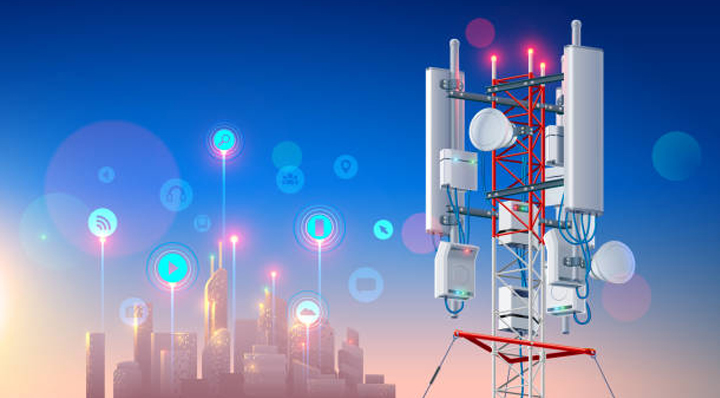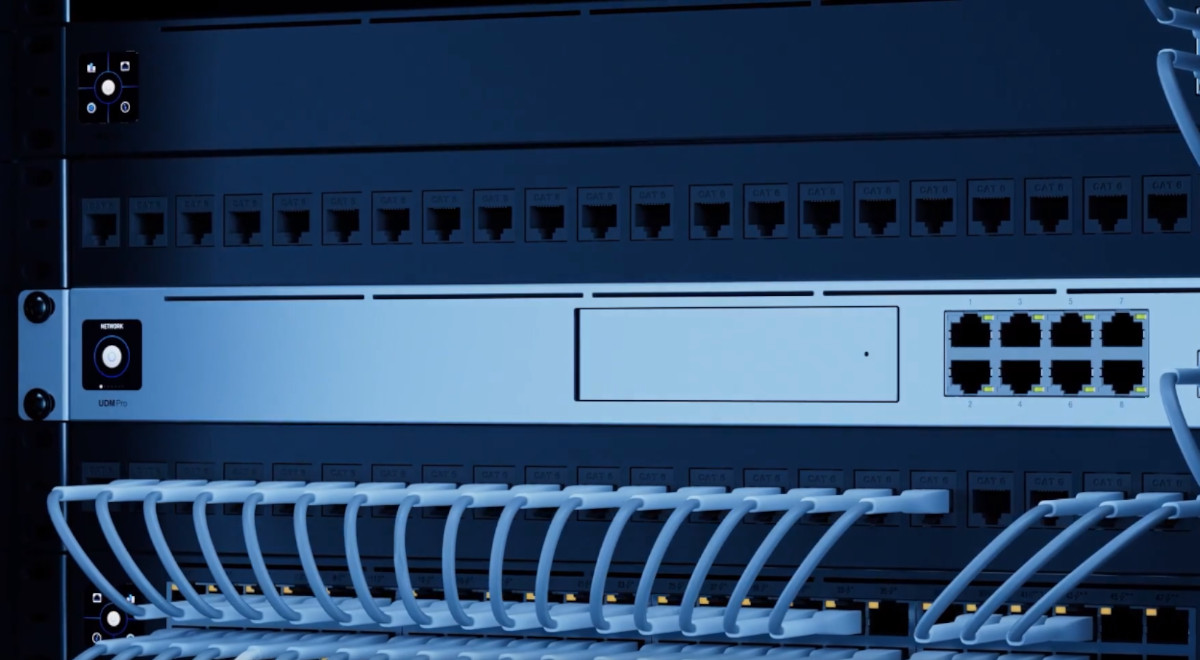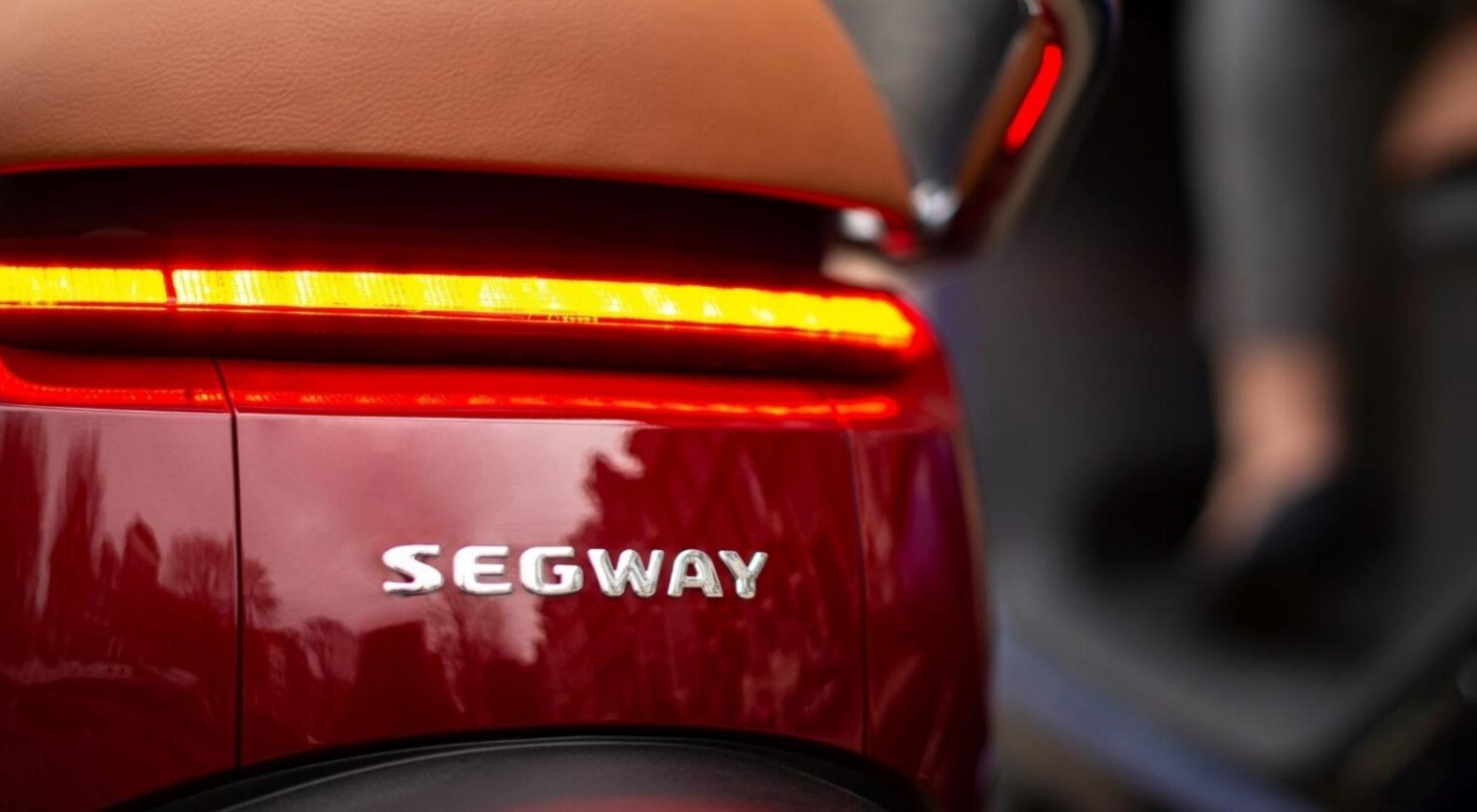No wires? No problem: Long distance wireless is a reality today!

Sometimes, NBN isn’t entirely reliable, if there were to be any flooding or natural disasters in your area, or even something as simple as a thunderstorm, may cause your NBN connection to go down and until they can repair it, you’ll be offline for the time being. In some cases, this may take a month to fix. Considering most NBN connections have wiring in the ground below your feet, there’s a high probability that it may get damaged or require maintenance regularly, so I wouldn’t rely on NBN for my business.
These scenarios aren’t ideal for anyone, especially businesses as these days a lot is operated online. From POS systems to research, to customer service, almost everything is done online these days and any downtime may be critical for your business. Luckily, there’s a number of satellite internet solutions that may serve you better than NBN in terms of how reliable the service can be. Further to this, Elon Musk’s StarLink is extremely close to a full launch in Australia later this year, so it’s a good time to jump on board.
In saying that, there may be a few hurdles for some. For example, if you have a business that operates in multiple locations within a 30KM range of each other, you may need multiple internet connections. However, there is a solution for this that will allow you to share one internet between all those locations, seamlessly. CPE units such as the Ubiquiti NanoBeam 5AC-Gen2 is specifically designed as a point-to-point wireless solution that allows you to do exactly that, or if you simply want to share your connection with someone down the road (or in the next suburb) then you can absolutely do that too. You can even beam the network to multiple locations simultaneously.

What is a Wireless Bridge?
Wireless bridges are used to provide Ethernet network connectivity where the installation of cabling is not practical or not possible. They’re most commonly used to provide network connectivity over large distances. Wireless bridges can consist of a point-to-point setup or a point-to-multipoint if you need to share the network to multiple connections, which may require more equipment.
The equipment is simple, all you’ll need is a radio and an antenna at each end. It’ll provide you with an Ethernet cable input at the start of your link (where the network connection is established) and an Ethernet output on the other end.
To put it into perspective, the unit morphs the data from your network into a wireless radio signal and then back to Ethernet on the other end.

How far can I bridge?
Just about as far as your eye can see (and more). Of course, the longer the distance the more expensive and complicated it becomes in regards to the required equipment needed to achieve this. So it doesn’t matter if your link is 30 meters away or 60KM+, you’ll be able to find a solution suitable.
Regardless of what frequency band the limiting factor to wireless links is “Signal to interference Noise Ratio” or SINR for short (also known as S/I+N).
SINR is reduced due to signal strength which can be affected due to distance or an obstruction as an example. An increase in noise from environmental conditions or interference from hostile transmitters (IE, microwave signals, signal jammers, etc.)
However, signal strength can be increased while at the same time, reduce interference and noise by the use of high-grade antennas. This process can be made even better by using larger antennas that are appropriate to the distance and radio conditions of the environment in which your network is located.

What types of wireless bridges are there?
This is something that may be hard to Google. If you look it up, you may get a lot of unrelated results. The reason for this is that a “wireless bridge” is more of a concept rather than it being a specific technology as there are many ways you can build a wireless bridge.
The easiest way to break this down is by understanding the technology, there are two large types such as:
- Radio, or microwave bridges (RF or MW bridges), which use radio signals in the 2.4 – 80 GHz range to transfer data
- Free-space optics (FSO) laser links, which use optical signals to transfer data, that aren’t visible to the naked eye.
Depending on which way the technology is used, there are two important implications

Licensed vs. license-exempt use
First, operating in some regions of the radio spectrum requires a license. That’s exactly what it sounds like – an issued document, which allows you to use a specific type of equipment in a particular region, for a specific purpose.
There is a good reason for this though, as when operated incorrectly, radio equipment can cause dangerous interference, sometimes in completely unforeseen ways. There’s a real danger of disrupting important communication services.
In some regions, however, which are “far enough” in terms of the signal frequency and technical properties of the RF equipment, can be operated at low power without a license. Of course, this limits their range to typically around 1-2KM, however, that’s still long enough for it to be useful for many applications.

Radio Frequency (RF) or MicroWave (MW) Bridges
Most wireless bridges are RF but can also be MW. These wireless bridges operate in range of frequencies, the most common areas below:
- 3GHz: Is provided by WISPs (Wireless internet service providers) and requires licensing or a subscription fee to provide end-users a low throughput connection
- 4GHz: This is used for short wireless links providing speeds of under 300Mbps, you would find this in almost every type of wireless router
- 5GHz: Comes in 3 forms, Band A, B, or C. Bands A and B are licensed exempt, meaning you don’t need a subscription or anything like that, you’d most commonly find this signal in wireless dual-band routers. Band C, can be licensed, for example, the UK has wireless 5Ghz internet connections that you can connect to with a wireless device for a fee. This can provide speeds under 800Mbps and has a shorter range than 2.4Ghz but a higher transmission rate.
- 6-38GHz: This is a licensed frequency that can provide speeds of up to 1Gbps over long distances.
- 60GHz: Usable for links of up to 1Gpbs over distances of around 0.8-1.5KM. This may be a home-use wireless standard in the near future.
- 70GHz: Can be licensed and usable for links of up to 1Gbps and has a better range that 60Ghz
- 80GHz: Can be licensed and capable of 1Gbps over much longer distances than 60/70GHz
All the above frequencies require line-of-sight in order for them to work at their full capacity.

Free Space Optics (FSO)
FSO is an optical communication technology that uses light propagating in free space to wirelessly transmit data for telecommunications or computer networking. "Free-space" means air, outer space, vacuum, or anything along those lines. This is much different than using physical technologies such as optical fibre cable.
The technology is useful where the physical connections are impractical due to either high costs, maintenance, or a whole number of other considerations.
FSO links are used in thousands of mission-critical customer networks worldwide, with a range of applications including 4G/LTE backhaul, CPRI front haul, 3G and 2G networks, corporate networks, finance, energy, oil, and gas exploration, power utilities, education, healthcare, broadcast with HD-SDI video and CCTV Networks as examples.
Currently, FSO is capable of up to 2.5 Gbps of data, voice, and video communications through the air, allowing optical connectivity without requiring a fibre-optic cable or securing spectrum licenses.
So is a wireless bridge something that you need? If so, don’t hesitate to contact Wireless 1 for more information and to direct you to the equipment you need.
You can see our range here.













